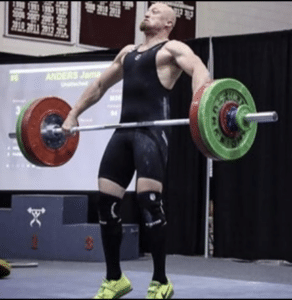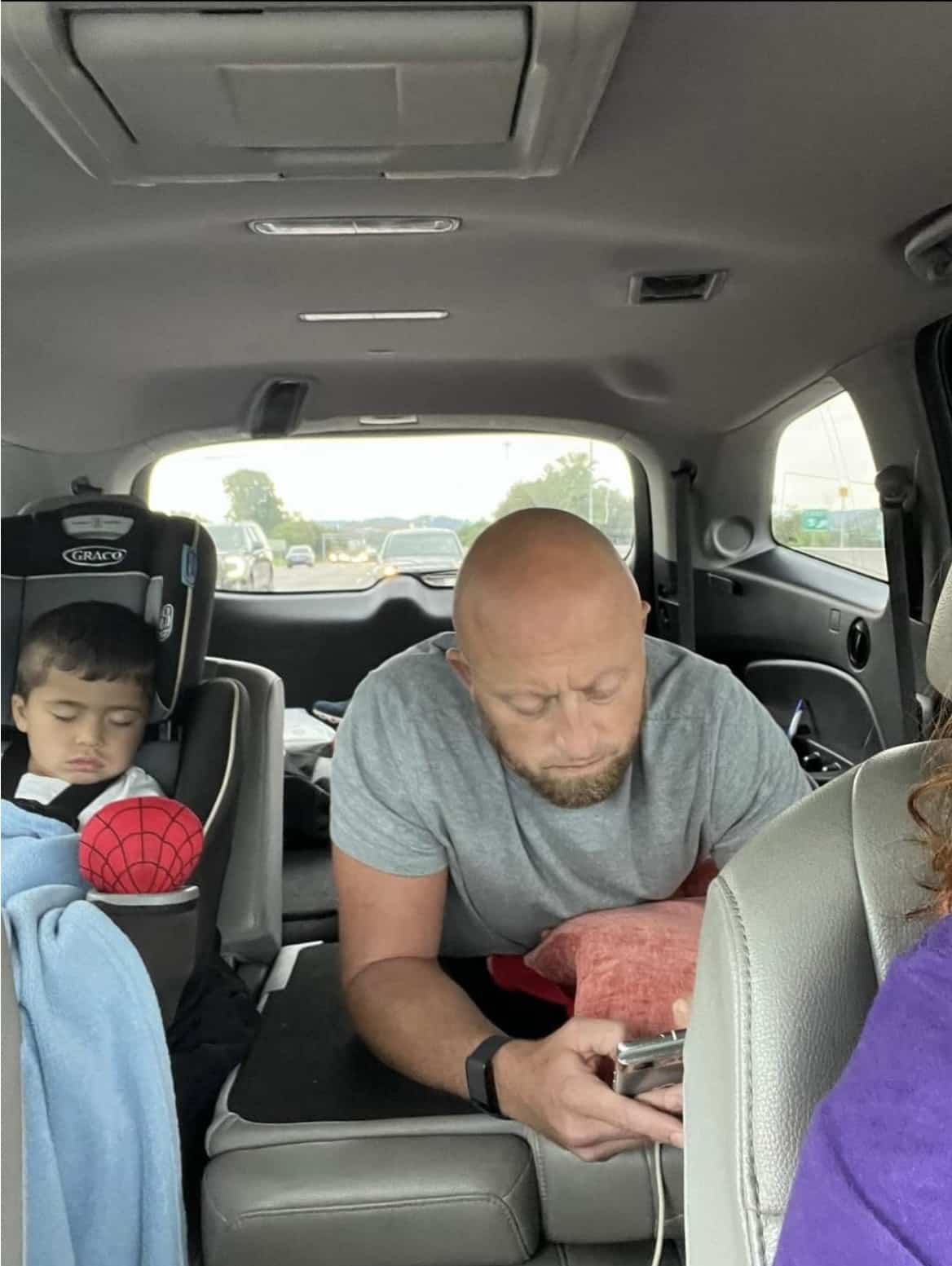
Surgery to Strength: A Weightlifter’s Victory Over Back Pain
More people than ever are turning to weight lifting and bodybuilding — nearly 200% more year over year! Weight lifting and strength training come with a ton of health benefits — when done correctly. But injury is also common given the demands of the sport and a common question that comes along with that is — does weightlifting hurt your back? And if you do hurt your back while lifting weights, can you ever return to weight lifting? That’s a question Jama asked and his story serves as great inspiration for anyone else asking themselves this question too.
Jama’s Story

When Jama Anders came to see me, he had already been at the top of his weightlifting game. The CrossFit owner had been an avid and passionate weightlifter since high school, even working up to competing and succeeding in national competitions.
“Weight lifting is empowering. You can feel you’re making progress and as soon as you see your body changing, you’re hooked,” he explains. “I made it to two different national competitions in two different weight classes. So that was pretty exciting.”
Jama took the sport seriously, prioritizing safety, but a disc he had herniated in his 20s got progressively worse and then sciatica pain came into play. By the time he was 40, his life was seriously inhibited by pain.
“I would wake up in the morning and be scared to sneeze because that could trigger back pain. Anything could trigger it really and it didn’t have to be anything major. Some days I would just move the wrong way with hardly any weight and my back would go out,” he says.
It got so bad that he had to lay down in the car, even for a shopping trip to the nearest town. “I would have to lay in the back of the car or lay in my truck bed while my wife drove the truck because I could not take driving. I could not take sitting. So I just lay down until we got there,” Jama says.

These challenges led him to make the 10 hour trip to see me. When I looked at his MRI, I couldn’t believe he was functioning and he admitted he wasn’t doing well. “I couldn’t pick up my youngest child or play basketball with my middle son,” Jama says. “I started realizing that I just hurt all the time.”
I recommended a hybrid fusion as the solution — a spinal fusion on one vertebrae and a disc replacement on two discs above that. Jama liked that option because he felt it would preserve more motion going forward than a spinal fusion alone and his goal was always to get back to the weightlifting he loves. He spent a few days in the hospital after the procedure but by the time he was ready to head home, he was feeling good enough that he sat in the car for the drive home — rather than laying down. He took 4 weeks off work at his gym and more than six months later — he’s now back to living the life he wants pain free.

“I tried to progress very slowly and I’m back to lifting 135 pounds — the exact same amount I was lifting when my back pain got so bad I had to stop,” Jama explains. “I’m going to take my time and let things heal and not overdo it. I am looking for a slow, even progression. But this feels really good.”
The most important thing is — he’s back to being the Dad he wants to be — throwing his little one into a pool and not getting sidelined by pain. “The lesson I’ve learned is you have to listen to your body and if you’re in pain, it is possible to get help and get back to doing what you love,” Jama says.
Lessons Learned
My suggestions, if you’re in a position like Jama, are….
- Don’t ignore the pain. Pain is a sign that something is happening in your body that needs to be addressed. If it persists or increases — go see a doctor and figure out what’s going on. The earlier we address problems, the better off patients will be in the long term.
- Recognize that sometimes you have to take a step back before you can take a step forward. Weight lifters are driven folks. But as Jama discovered, sometimes the key to continuing with a sport you love is to lighten the load, take a break, get the medical help you need, give your body time to heal and then work yourself back up to doing what you love.
- Be honest with your doctors and surgeons. We are partners with our patients. If there is vigorous physical activity that you aspire to get back to — you should definitely admit that and have a conversation with your surgeon about how to best go about that. My patients go back to every sport you can imagine — even weight lifting and boxing. The safest way to do it is for us to map out a plan together.
Watch the Podcast on Youtube
Topics covered
About the Author
Featured Resources
Insights to Achieve a Pain-Free Life



